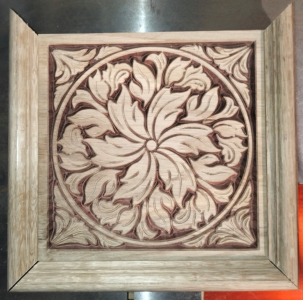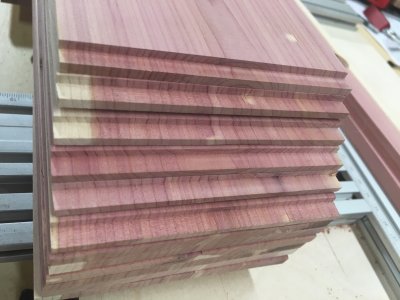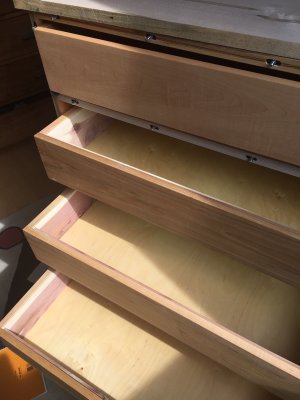luvmytoolz
Member
Jarrah is such an exceptionally beautiful timber especially when you find the highly figured grain timber,it's a little brittle and can be somewhat hard to work with as a result, but the results are just amazing.In a previous life, I spent a considerable amount of time on your West coast (Perth, Kwinana, Fremantle, Collie, Margaret River, etc.). I was surprised to see Jarrah being offered at the local home center (Bunnings, IIRC). It's a beautiful wood and was being sold for decking. I did not check on pricing because shipping it home would have broke the bank. I did manage to snag a couple of hand made souvenirs tho. Might have been in Fremantle? Also, got a didgeredoo (SP). A great place to visit. Many fond memories there.
Cheers,
Barney
I often mix Jarrah with White Oak in things I make, and the end result is just a sensational pairing.



